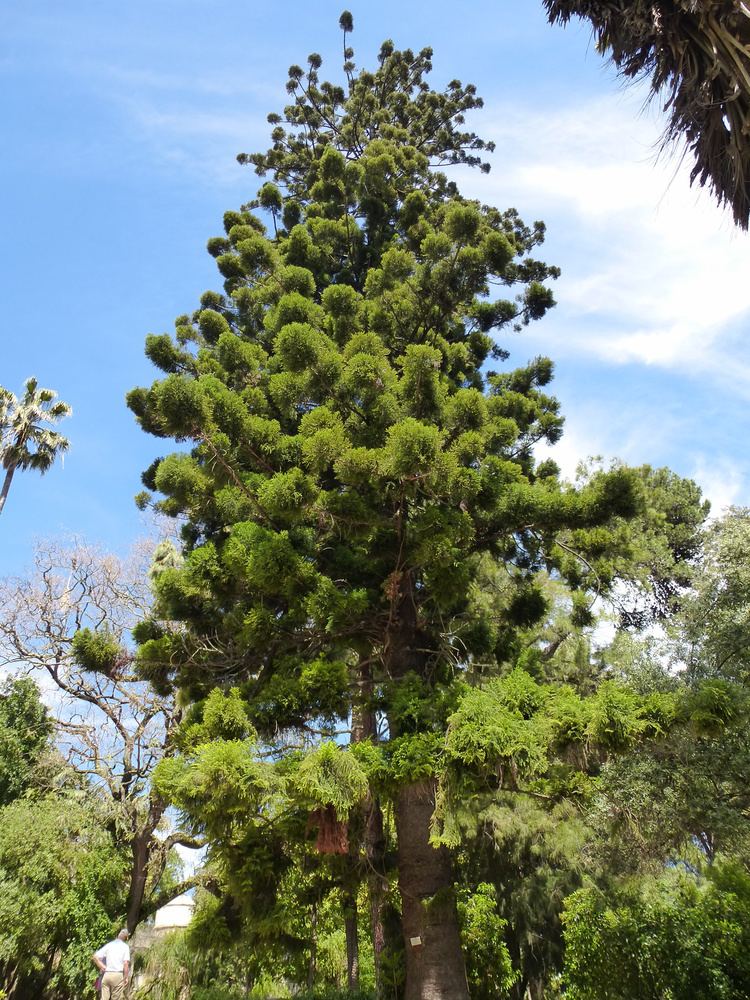Higher classification Monkey puzzles | Division Pinophyta Rank Species | |
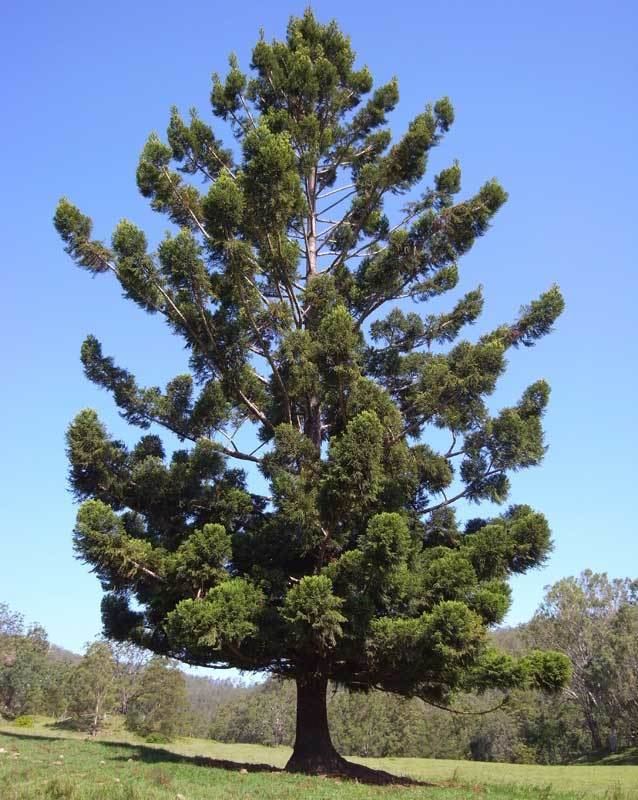 | ||
Similar Monkey puzzles, Araucariaceae, Bunya Pine, Chinese fir, Norfolk Island pine | ||
Plant id hoop pine araucaria cunninghamii
Araucaria cunninghamii is a species of Araucaria known as hoop pine. Other less commonly used names include colonial pine and Queensland pine. The scientific name honours the botanist and explorer Allan Cunningham, who collected the first specimens in the 1820s.
Contents
- Plant id hoop pine araucaria cunninghamii
- Araucaria cunninghamii bonsai
- Cultivation and uses
- Australian Aboriginal use
- References
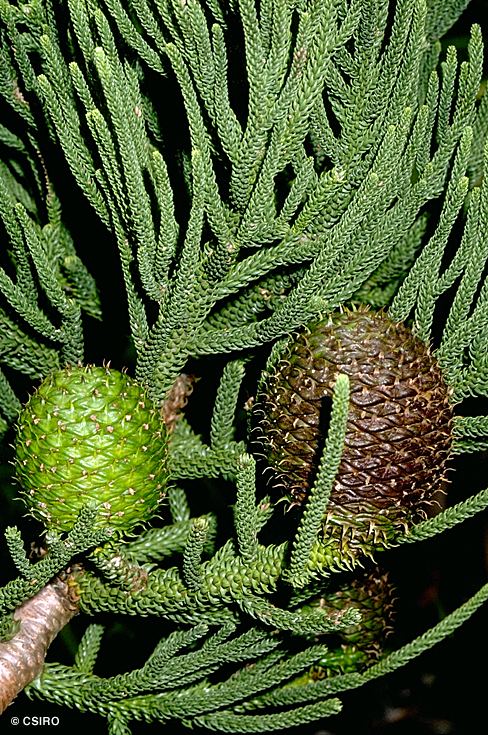
The species is found in the dry rainforests of New South Wales and Queensland and in New Guinea. The trees can live up to 450 years and grow to a height of 60 metres. The bark is rough, splits naturally, and peels easily.
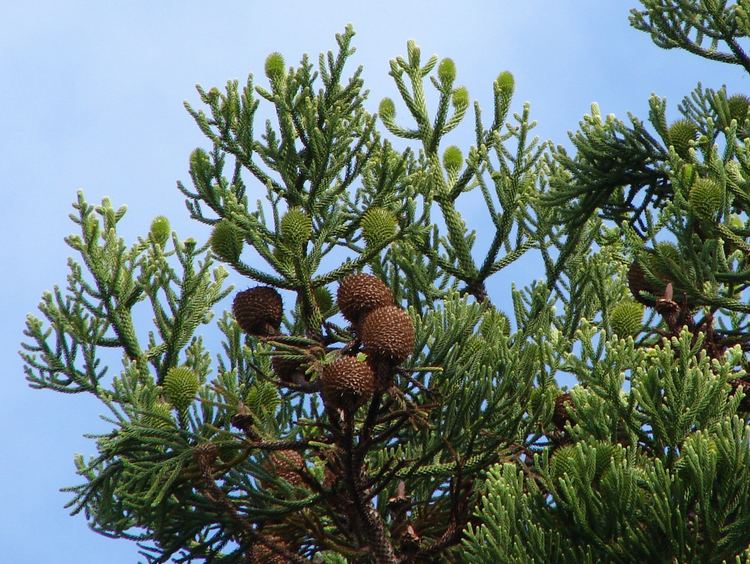
The leaves on young trees are awl-shaped, 1–2 cm long, about 2 mm thick at the base, and scale-like, incurved, 1–2 cm long and 4 mm broad on mature trees. The cones are ovoid, 8–10 cm long and 6–8 cm diameter, and take about 18 months to mature. They disintegrate at maturity to release the nut-like edible seeds.
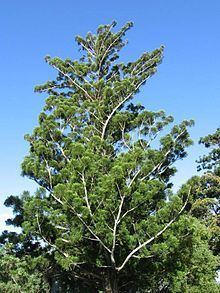
There are two varieties:
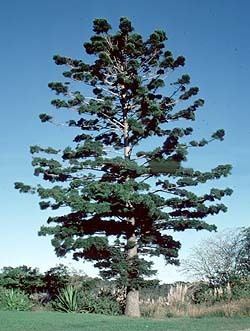
Araucaria cunninghamii bonsai
Cultivation and uses

The wood is a high quality timber that is particularly important to the plywood industry and also used for furniture, veneer, joinery, panelling, particle board, flooring and boats. Most natural stands in Australia and Papua New Guinea have been depleted by logging. It is now mainly found on timber plantations; however, the species continues to thrive in protected areas, including Lamington National Park where at least one walking track is named after it.
Australian Aboriginal use
Australian Aborigines used the resin as cement.
